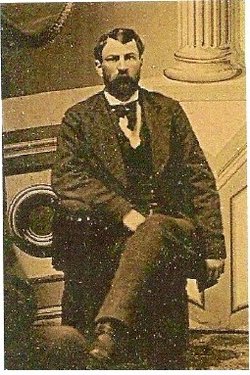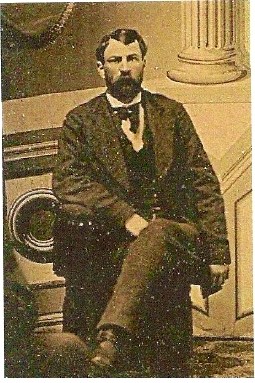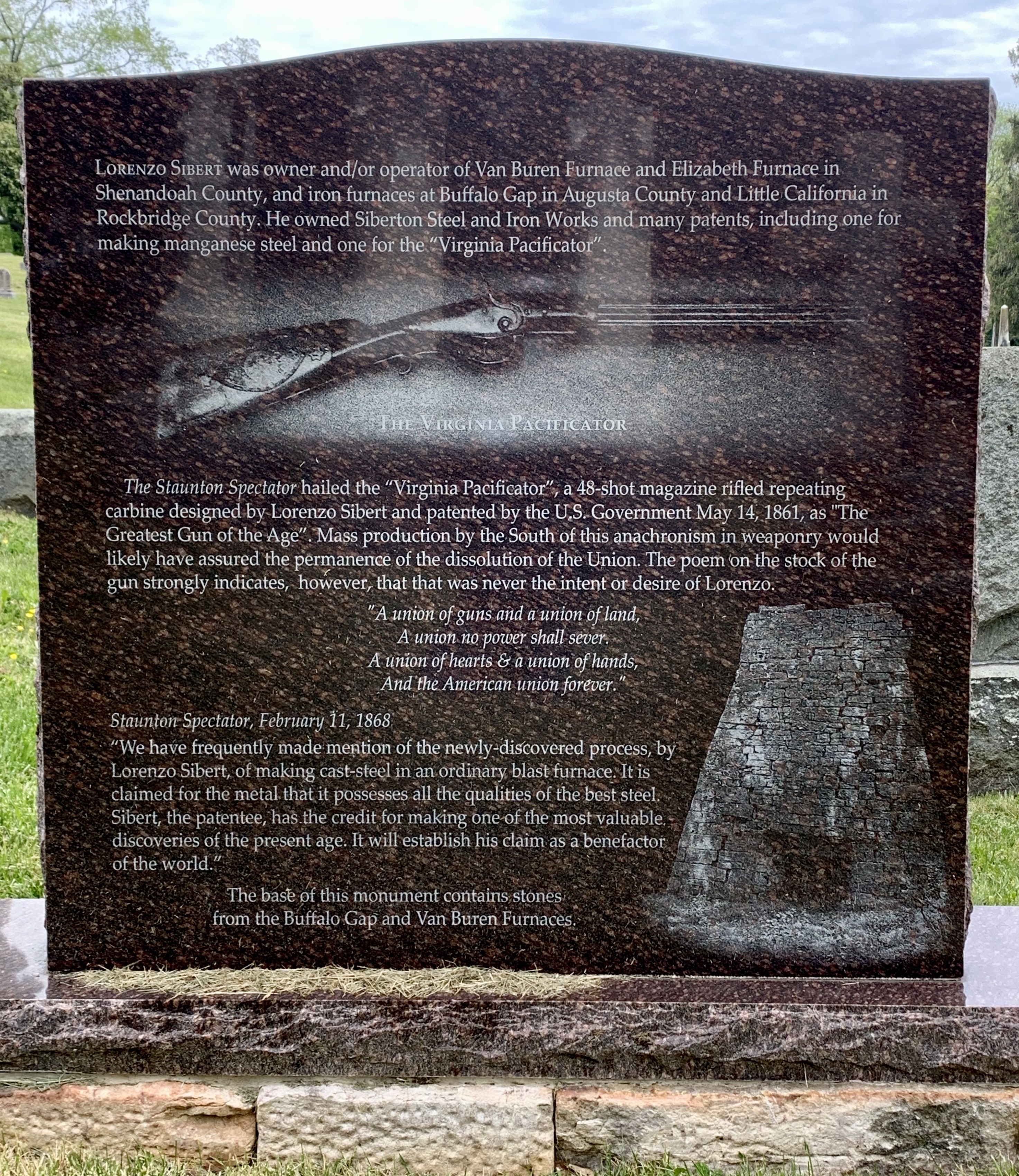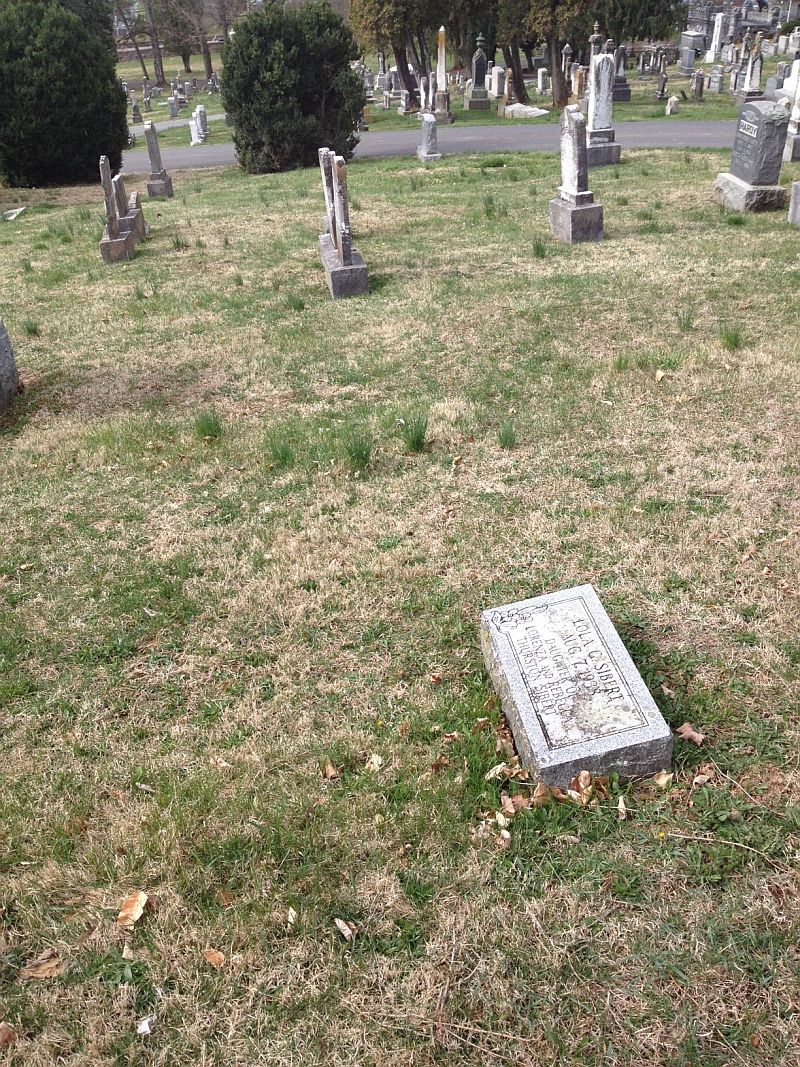Lorenzo's Repeating Gun
#
#
Roundup: Talking About HistoryCharles Culbertson: Gun might have altered outcome of Civil War
Source: http://www.newsleader.com (6-26-07)
From the death notice that appeared in the Staunton Spectator, you'd never have known there was anything special about Lorenzo Sibert, who died Sept. 25, 1881:
"In Staunton, on Sept. 25th, of paralysis of brain, Lorenzo Sibert, aged 77 years and 4 months."
And that was it. Not a single additional line was devoted to the life of a man who came within a hair's breadth of changing the outcome of the Civil War. Sibert, bankrupt and forgotten, was buried in an unmarked grave in Thornrose Cemetery.
But in 1860, Lorenzo Sibert was hot stuff. This master iron worker from Mount Solon invented, patented and successfully tested for the United States government a carbine that could fire 48 shots without reloading, or 600 times a minute "consecutively for 12 hours."
Sibert called it the Virginia Pacificator, and in 1861 the Staunton Spectator hailed it as "the greatest gun of the age."
Interestingly, Sibert was the only citizen of a Confederate state to be granted a weapons patent by the U.S. Patent Office, and had his carbine gone into production in Staunton as planned, the South might have possessed enough firepower to bring the War Between the States to a swift and decisive close.
Sibert was born in 1804 in Shenandoah County and grew up in the iron-working industry. His family established Van Buren Furnace around 1838, and it was here that Sibert practiced the craft of plucking ore from the ground and working it in the blazing heat of large stone furnaces.
In May 1834, Sibert married Rebecca G. Thresher, and from 1838 to 1853 had seven children with her in Shenandoah County. By 1853, the coal-fired Van Buren Furnace was out of operation and Sibert was insolvent. He and his wife moved to Mount Solon, where they had their eighth child, and where Sibert began to work on his idea for a repeating carbine.
The concept was straightforward but far ahead of its time. The weapon featured a rotating cylinder with eight chambers into which .24-caliber metal-case cartridges were loaded. But rather than each cylinder holding just one cartridge, each held six, which gave the carbine an astonishing 48-round capacity..
Lorenzo's Repeating Gun
#
#
Roundup: Talking About HistoryCharles Culbertson: Gun might have altered outcome of Civil War
Source: http://www.newsleader.com (6-26-07)
From the death notice that appeared in the Staunton Spectator, you'd never have known there was anything special about Lorenzo Sibert, who died Sept. 25, 1881:
"In Staunton, on Sept. 25th, of paralysis of brain, Lorenzo Sibert, aged 77 years and 4 months."
And that was it. Not a single additional line was devoted to the life of a man who came within a hair's breadth of changing the outcome of the Civil War. Sibert, bankrupt and forgotten, was buried in an unmarked grave in Thornrose Cemetery.
But in 1860, Lorenzo Sibert was hot stuff. This master iron worker from Mount Solon invented, patented and successfully tested for the United States government a carbine that could fire 48 shots without reloading, or 600 times a minute "consecutively for 12 hours."
Sibert called it the Virginia Pacificator, and in 1861 the Staunton Spectator hailed it as "the greatest gun of the age."
Interestingly, Sibert was the only citizen of a Confederate state to be granted a weapons patent by the U.S. Patent Office, and had his carbine gone into production in Staunton as planned, the South might have possessed enough firepower to bring the War Between the States to a swift and decisive close.
Sibert was born in 1804 in Shenandoah County and grew up in the iron-working industry. His family established Van Buren Furnace around 1838, and it was here that Sibert practiced the craft of plucking ore from the ground and working it in the blazing heat of large stone furnaces.
In May 1834, Sibert married Rebecca G. Thresher, and from 1838 to 1853 had seven children with her in Shenandoah County. By 1853, the coal-fired Van Buren Furnace was out of operation and Sibert was insolvent. He and his wife moved to Mount Solon, where they had their eighth child, and where Sibert began to work on his idea for a repeating carbine.
The concept was straightforward but far ahead of its time. The weapon featured a rotating cylinder with eight chambers into which .24-caliber metal-case cartridges were loaded. But rather than each cylinder holding just one cartridge, each held six, which gave the carbine an astonishing 48-round capacity..
Gravesite Details
Unmarked grave.
Family Members
-
![]()
Isabella Sibert Orndorff
1833–1870
-
John Jordan Sibert
1839–1864
-
![]()
Mrs. Clarinda B. "Kennie" Sibert Sibert
1839–1910
-
![]()
Eleanor Rebecca "Ella" Sibert Cease
1843–1923
-
![]()
Hamilton Francis Sibert
1852–1929
-
![]()
Adelaide Francis "Ada" Sibert Noon
1854–1929
-
![]()
Lola Gabriella Sibert
1854–1938
-
![]()
Hattie Benjamin Sibert
1857–1924
-
![]()
Mary Anna "Mollie" Sibert Evans
unknown–1900
Advertisement
Explore more
Sponsored by Ancestry
Advertisement















